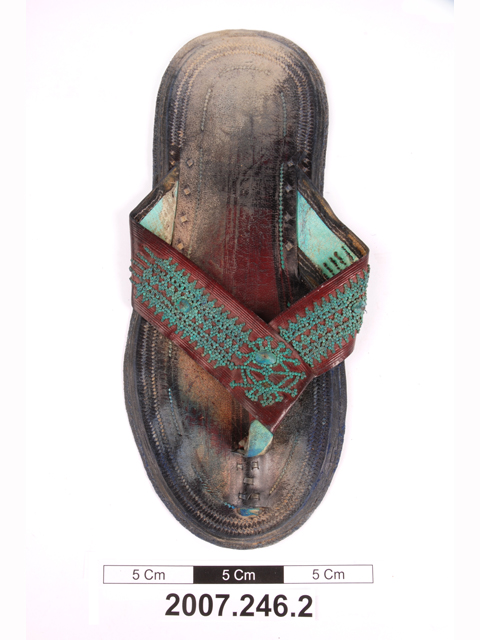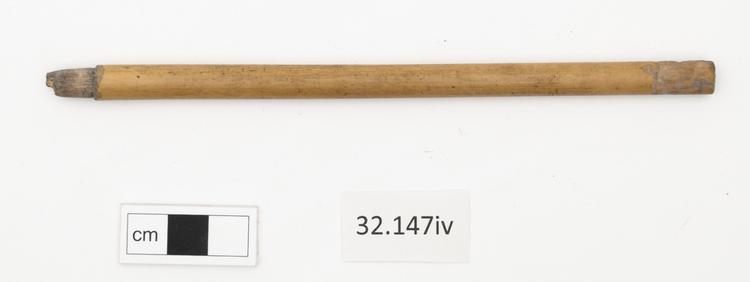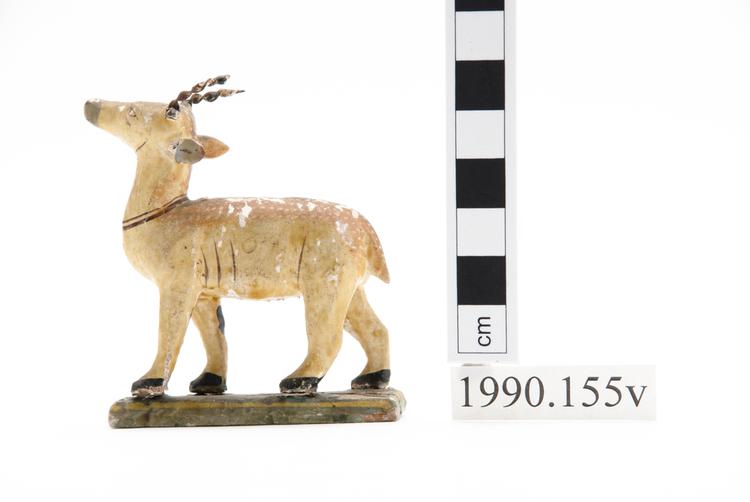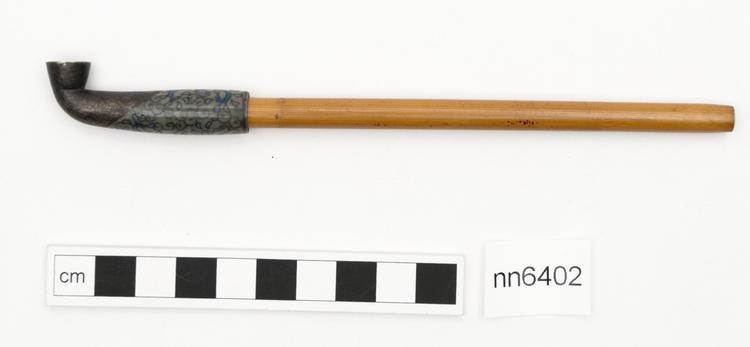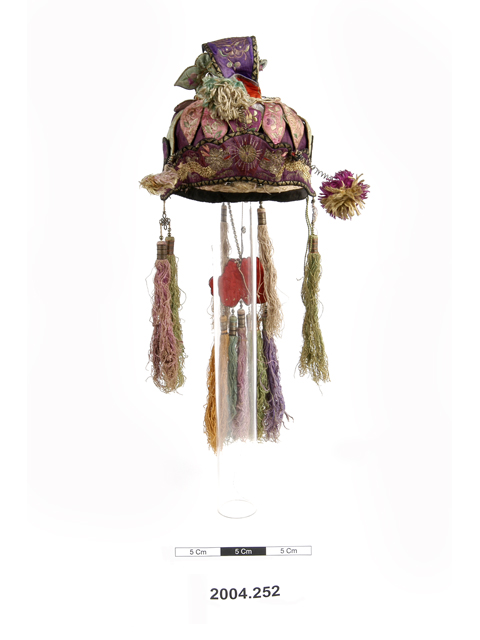
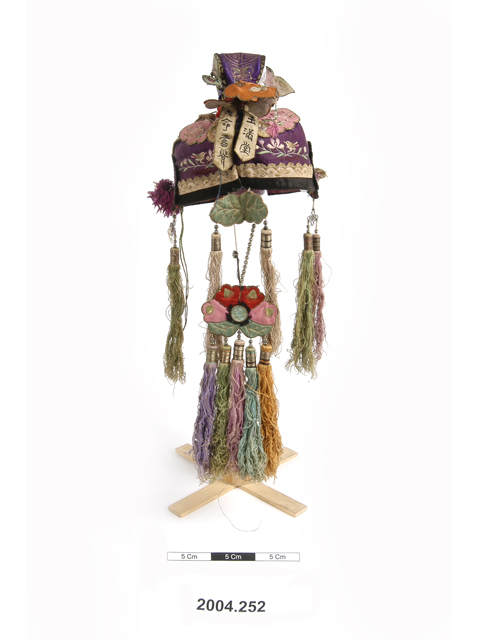
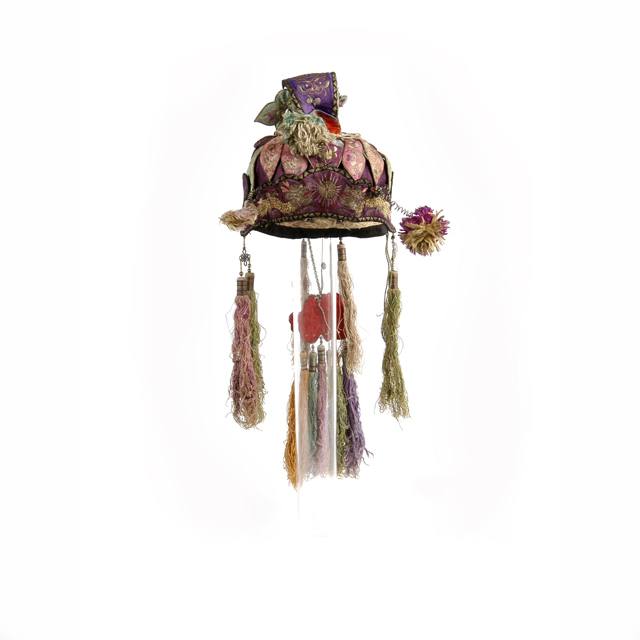
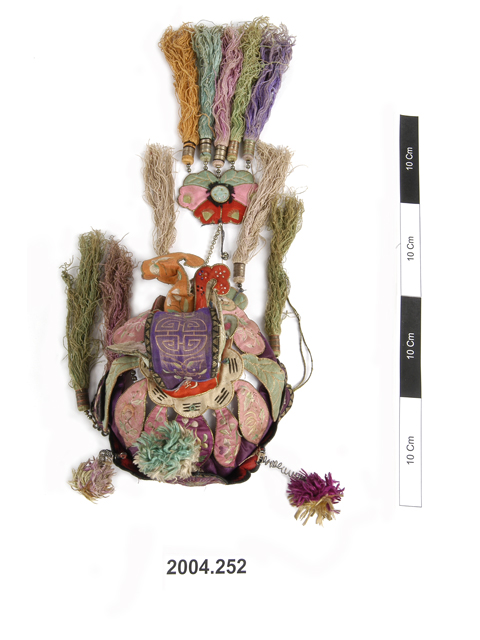
Purple silk boy's hat in the shape of a scholar's hat with pink cotton lining. The hat is embellished with sections of silk reinforced at the edges with gold-coloured metal in leaf and petal shapes, which cover the open top of the hat and form a more architectural shape at the highest point. This is supported on a square of four red vertical panels, each with an embroidered inscription in Chinese characters. These panels are set in a scalloped piece decorated with the Daoist eight trigrams embroidered in black silk thread against white satin. The shou symbol, longevity, is embroidered on top of the crown in gold thread against purple silk. The petal shaped panels are decorated with silk embroidery of plant and animal forms. The vertical front panel above the forehead is embroidered in metal-wrapped thread with two dragons meeting at the front. Two tassels hang from above the right ear, one from the left although one appears to be missing here. From the rear two further tassels as well as a group of five tassels, in purple, turquoise, pink, orange and green. Three pompoms on coiled wire issue from the front of the hat.
This type of hat would be given to a boy to to wish him future career success, and would usually be worn on special occasions such as birthdays or festivals. See Guo li li shi bo wu guan (1990), 'Zhongguo shao shu min zu fu shi (Costumes and accessories of Chinese minorities)', Taipei: Guo li li shi bo wu guan bian ji wei yuan hui. p. 274 & 360.



